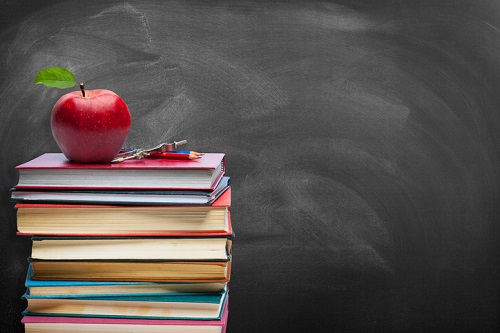
An independent evaluation has found that Aboriginal and Torres Strait Islander students improved their literacy and numeracy levels under a ground-breaking program.
On Wednesday, Prime Minister Scott Morrison released the 12th Closing the Gap report, revealing that Indigenous students' education targets, especially in the areas of school attendance and literacy and numeracy, are not on track.
The report found that the gap has narrowed across all year levels by between 3 and 11 percentage points.
Despite these improvements, in 2018 about one in four Indigenous students in Years 5, 7 and 9, and one in five in Year 3, remained below national minimum standards in reading. Between 17-19% of Indigenous students were below the national minimum standards in numeracy.
However, the Improving Outcomes for Aboriginal and Torres Strait Islander Students program – created and funded by the Association of Independent Schools NSW (AISNSW) – aims to address literacy and numeracy outcomes by deepening teachers’ level of direct engagement with indigenous students in the classroom.
AISNSW chief executive, Dr Geoff Newcombe AM, said that in addition to improving literacy and numeracy outcomes, the program also raised their confidence, self-management and aspirations for learning.
The program started in 2016 at four NSW urban and regional independent schools with higher than average enrolments of indigenous students – Kempsey Adventist College, St Joseph’s College at Hunter’s Hill, Pymble Ladies College and St Ignatius College, Riverview at Lane Cove.
“The program’s core focus is to improve literacy and numeracy outcomes for Aboriginal and Torres Strait Islander students in the participating schools,” Dr Newcombe said.
“This was the highest priority; each school then tailored its projects to reflect and respond to their unique circumstances and what was most appropriate for their students”.
Dr Newcombe said that after an initial evaluation by the Jumbunna Institute for Indigenous Education and Research at the University of Technology Sydney, AISNSW extended the program to another 12 schools, including one government school.
“Jumbunna’s evaluation of the program’s first phase found that the approximately 100 indigenous students involved had improved their literacy, numeracy and other academic outcomes as well as also boosting their confidence, engagement, self-management and aspiration for further study,” he said.
“It also found that non-indigenous students and staff had been enriched by the program which has valued, acknowledged and integrated indigenous cultures and perspectives into curriculum and school life”.
Dr Newcombe said schools made “a conscious effort” to involve family and broader community members in their decision-making processes.
“This included encouraging family members to have a voice in their child’s learning experience by including them in developing personalised learning plans,” he said.
“One school organised a Family Weekend and Fun Day; it was the first time families of Aboriginal students had ever been invited to come together at the school and get to know each other as a group”.
The four original schools now act as a ‘hub’, each supporting and mentoring three new schools.
“There are now more than 500 Aboriginal and Torres Strait Islander students involved in the program, as well as 5574 non-indigenous students and almost 2,000 teachers and other staff across the 16 schools,” he said.
Dr Newcombe said Jumbunna will finalise an evaluation of Phase 2 in the second half of 2020.
He said AISNSW hopes to expand the program to more schools, including Catholic systemic and government schools.
Dr Newcombe said the goals of the AISNSW-funded program were underpinned by priorities of the Commonwealth’s National Aboriginal and Torres Strait Islander Education Strategy 2015.
Dr Paul Hine, principal of St Ignatius, said the program’s depth of engagement with indigenous students contributed to its success in literacy and numeracy.
“Some of the maths and literacy scores we’ve had under this program, we’ve never had before – nor in such a short space of time,” he said.


